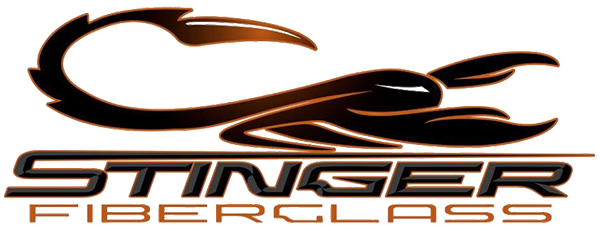This page is dedicated to the new parts that are in the Research and Development stages at Stinger Fiberglass.
It will give a view that many will find interesting in seeing the steps that we take to have new products.
We make ALL of our molds and new parts that we use in production. This process gives us the ability for you to get great customer service, and helps our customers get the quality product that you deserve.
Please check in often as we are always making new parts and if you may have an idea, feel free to drop us an e-mail or give us a call 321-268-1118.
1965 GT 40 build
The Ford GT40 was a high-performance endurance racing car commissioned by the Ford Motor Company. Based upon the Lola Mk6, the car was originally engineered and built by Ford Advanced Vehicles in early 1960’s out of their base in Slough, UK; then starting from 1964, following disappointing early race results, the engineering team was relocated in Dearborn, Michigan (Kar Kraft). The Mk IV model was designed and built in the United States. The range was powered by a series of American-built Ford V8 engines modified for racing.
Henry Ford II along with New Zealanders Bruce McLaren and Chris Amon celebrates the first victory for an American manufacturer at the 24 Hours of Le Mans on the podium in 1966.
The GT40 effort was launched by Ford Motor Company to win long-distance sports car races against Ferrari, which won every 24 Hours of Le Mans race from 1960 to 1965. The GT40 broke Ferrari’s streak in 1966 and went on to win the next three annual races. The Mk II’s victory in 1966 was the first win for an American manufacturer in a major European race since Jimmy Murphy’s triumph with Duesenberg at the 1921 French Grand Prix.[5][6] In 1967, the Mk IV became the only car designed and built entirely in the United States to achieve the overall win at Le Mans.[7]
The Mk 1, the oldest of the cars, won in 1968 and 1969, the second chassis to win Le Mans more than once. (This Ford/Shelby chassis #P-1075 was believed to have been the first until the Ferrari 275P chassis 0816 was revealed to have won the 1964 race after winning the 1963 race in 250P configuration and with a 0814 chassis plate[8]). Using an American Ford V8 engine, originally of 4.7-liter displacement capacity (289 cubic inches), it was later enlarged to the 4.9-liter engine (302 cubic inches), with custom alloy Gurney–Westlake cylinder heads.
Early cars were simply named “Ford GT” (for Grand Touring), the name of Ford’s project to prepare the cars for the international endurance racing circuit. The “40” represented its height of 40 inches (1.02 m), measured at the windshield, the minimum allowed. The first 12 “prototype” vehicles carried serial numbers GT-101 to GT-112. The “production” began and the subsequent cars: the MkI, MkII, MkIII, and MkIV were numbered GT40P/1000 through GT40P/1145, and thus officially “GT40s”. The Mk IVs were numbered J1-J12.






